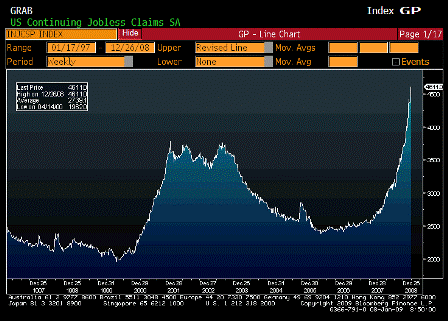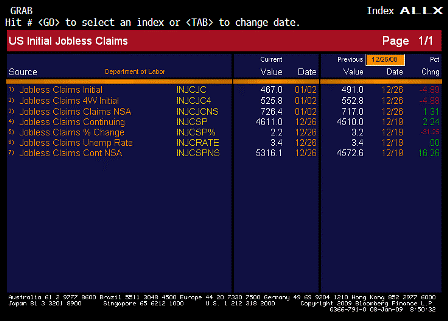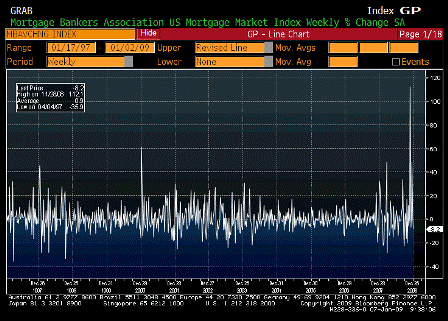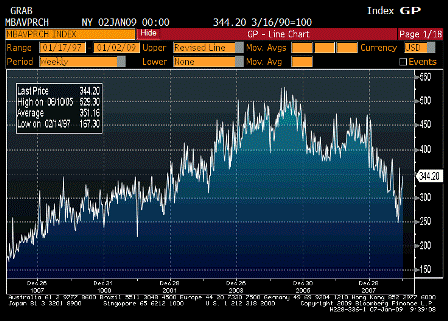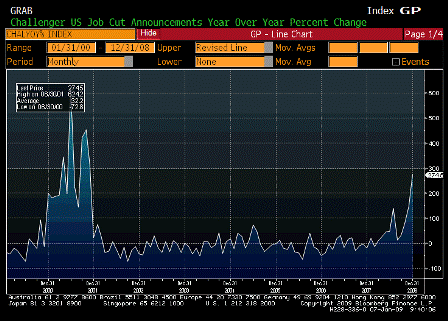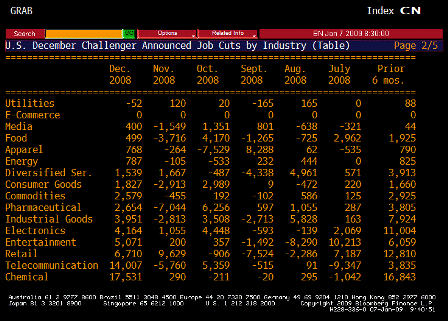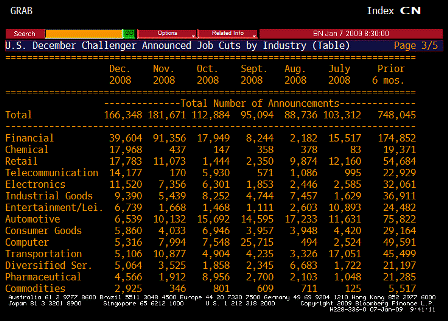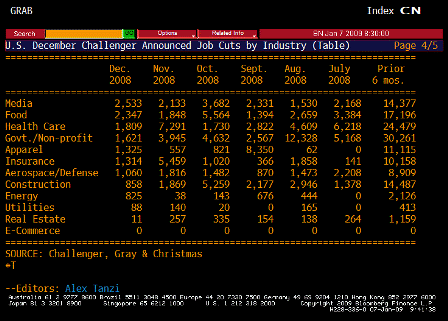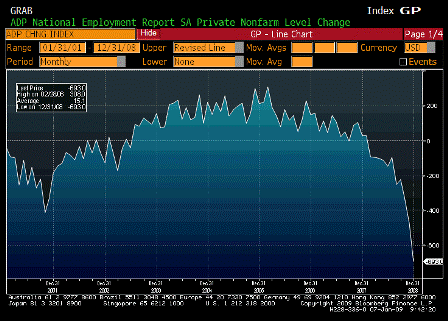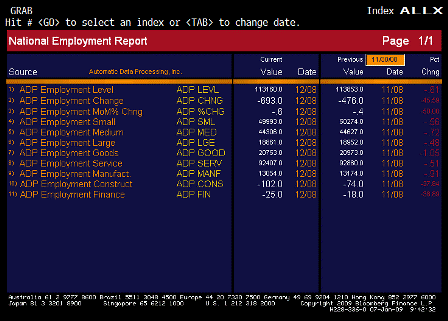This is from ‘Full Employment and Price Stability’ under ‘Mandatory readings‘ at www.moslereconomics.com:
Past Attempts at Government Sponsored Full Employment
With a private sector desire for H(nfa), and a government that fails to run a deficit large enough to accommodate that desire, the corresponding unemployment can be severe. It may eventually be reduced by a reduction in desired H(nfa) because of lower interest rates, or, as some contend, by falling wages. However, the time necessary to test this hypothesis is usually beyond human tolerance, and the pragmatic view of government employment arises.
For example, from 1931 to 1941 unemployment averaged well over 10% – the definition of a depression. It hit a high of 24.9% in 1933, and was still 14.6% as late as 1940. GNP reached a high of $203.6 (billions of 1958 dollars) in 1929; fell to a low of $141.5 in 1933, and by 1939, had crept up only to $209.4. Low interest rates were not enough to decrease desired H(nfa). Short term Treasury securities reached a high of just over 5% in May of 1929, were cut to the mid 3% range in November 1929 following the stock market crash, and were as low as about 0.5% by September 1931. Rates were increased to about 2.5% until May of 1932, and then remained well under 1% until 1948. Continuous low interest rates also did not seem to result in run-away asset prices. The Dow equity index price did not recover to its 1929 highs until 1958, the 1927 highs were not reached until 1946, and the low of 1930 was not surpassed until 1936.
In 1933, after several years of undesirable unemployment and depressed GNP, the Public Works Administration, the first public works program, was enacted. It was followed by the WPA in 1935. It is noteworthy that these programs did not come about until after several years of troubling unemployment, and fell short of solving the unemployment crisis and ending the depression. Work relief never reached more than 40% of the unemployed, and only 3 million of the 9 million unemployed participated in the WPA. The reason these programs were constrained was the reluctance to engage in government deficit spending. During the 1930’s, in spite of the high unemployment and depressed growth, budget balancing was never far from the forefront of political purpose. Belief in a balanced budget prevented government relief programs from ending the depression, and when Roosevelt honored his 1936 campaign pledge to balance the budget in 1937, the economy suffered a major setback with unemployment jumping back to 19.1% from a seven year low of 14.3%. Public works programs that were ‘paid for’ by other spending cuts or by tax increases could not reduce unemployment as there was never enough net government spending to accommodate desired H(nfa). The largest deficit of the 1930’s was 5.9% of GNP in 1934, and it was down to 0.1% of GNP by 1938. The U.S. was on a gold standard, and policy had to include managing the national gold supply. This led to various extremes such as suspending domestic convertibility in 1934, and making it illegal for domestics to own gold, as well as strong support for balancing the federal budget.
During WWII, a radically different approach was initiated. Government spending exceeded tax collections in 1942, 1943,1944, and 1945 by 14.5%, 31.1%, 23.6%, and 22.4% of GNP respectively. Unemployment was under 2% by 1943, and output increased from $209.4 (billions of 1958 dollars) to $337.1 by 1943. Prices were fixed, and government planning agents from the Office of Price Administration enacted rationing. Great effort was taken to ensure that rationing was perceived as equitable ensuring public support for the program. Patriotism kept Americans from black markets that may have otherwise drained resources needed for the war effort, and patriotism also became associated with nominal savings. The idea was to get desired H(nfa) up to the level of deficit spending in a low interest rate environment. In other words, hoarding of dollar denominated financial assets via government bond purchases was encouraged, allowing the government to purchase up to 60% of the real output without price competition from consumers. The desire of the American public to earn money and not spend it, which caused the unemployment of the previous decade, now dovetailed well with the public sector demands for war production, and unemployment was, for all practical purposes, eliminated.
[top]




